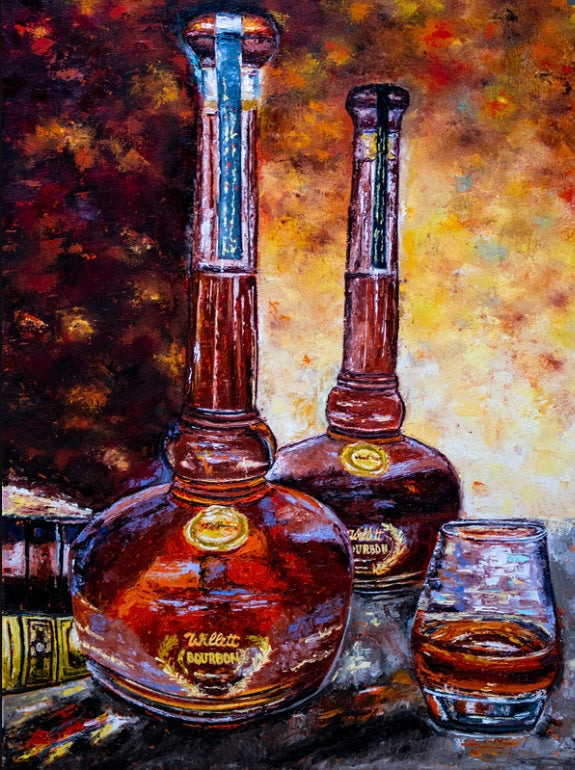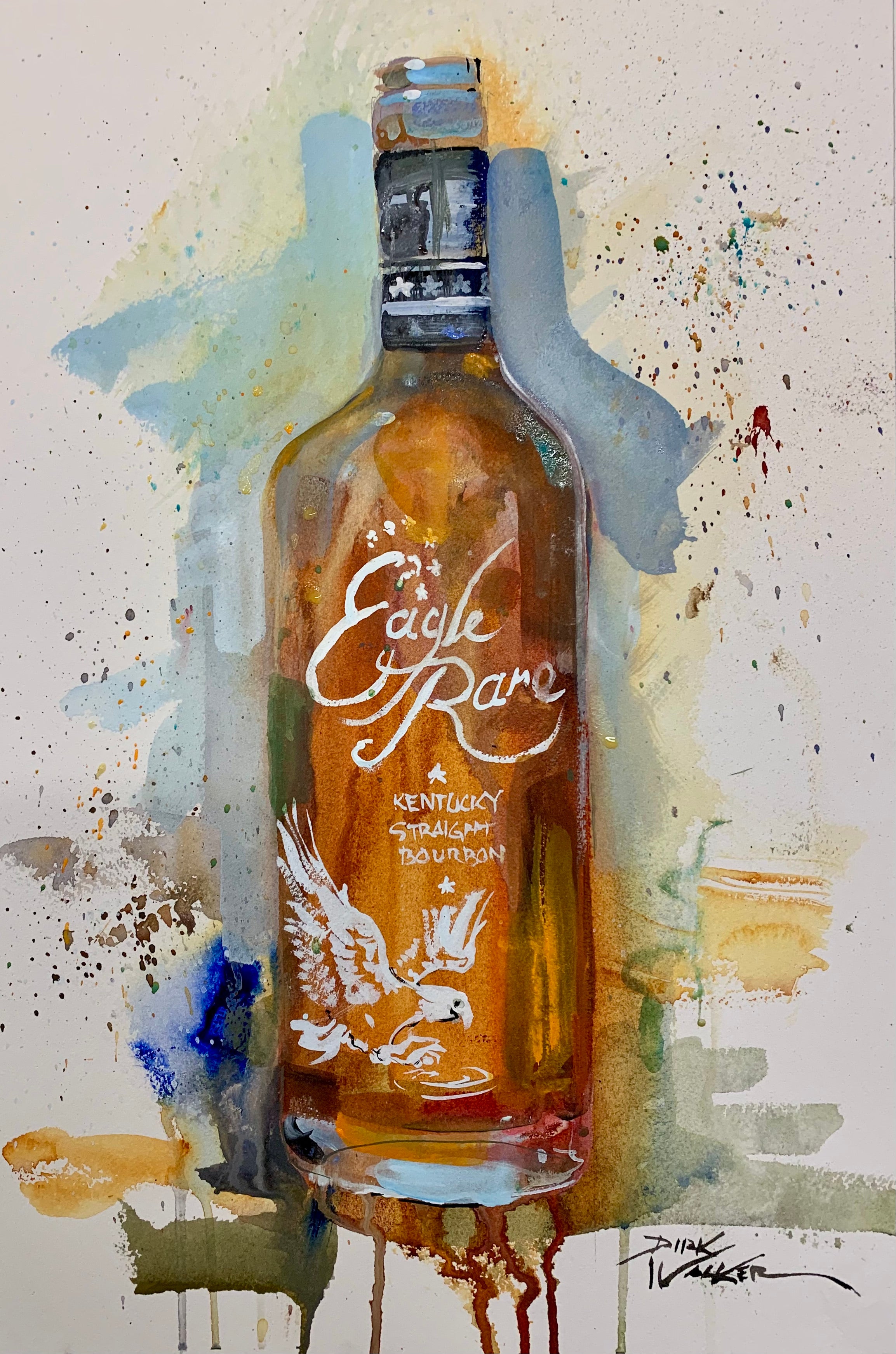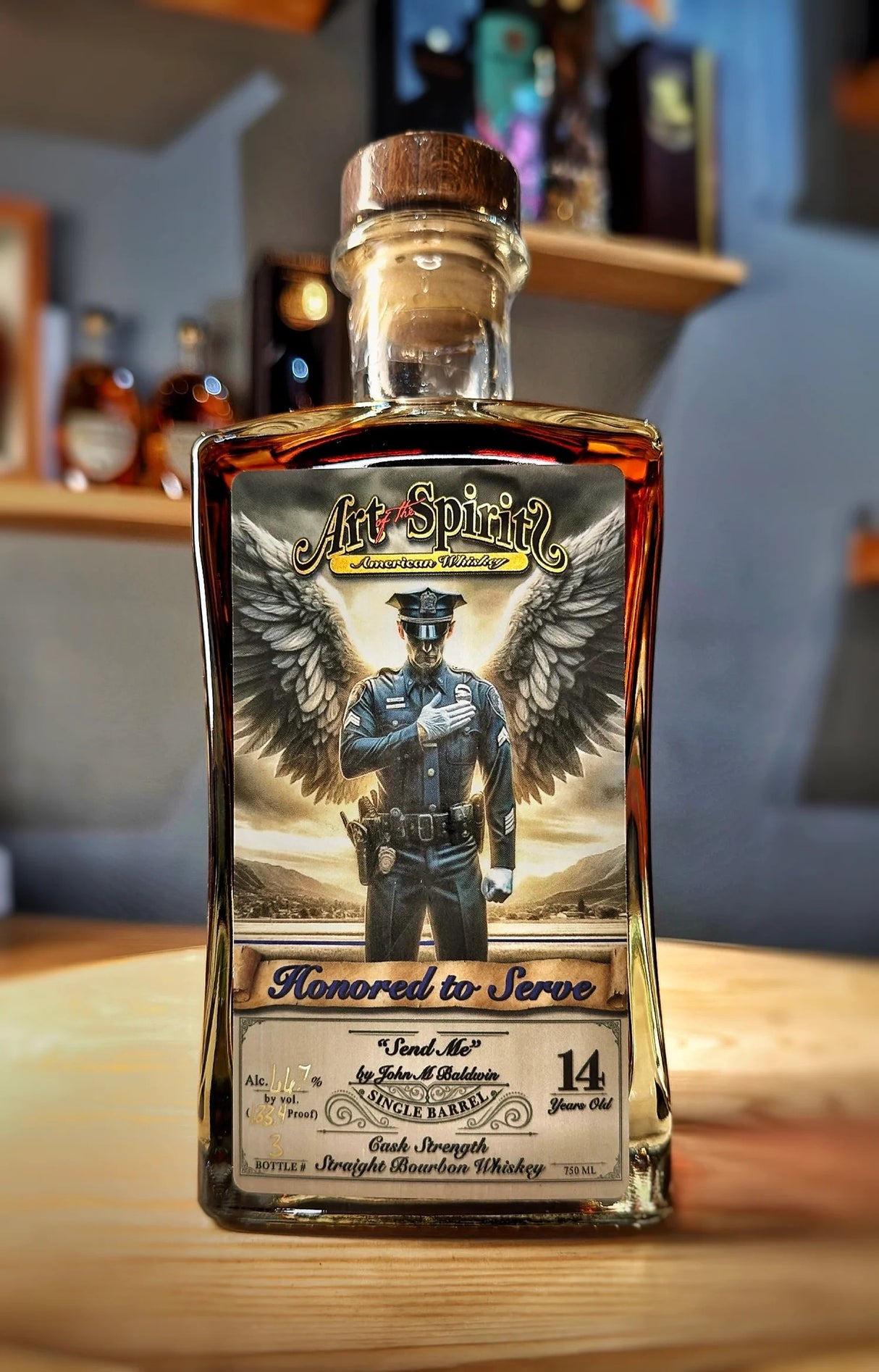Transform Your Area with Magnificent Whiskey Art Inspired by Nature
Transform Your Area with Magnificent Whiskey Art Inspired by Nature
Blog Article
The Importance of Whiskey Art in Celebrating Heritage and Workmanship in the Beverage Industry
The detailed partnership in between scotch art and the party of heritage and workmanship within the beverage market can not be overemphasized. Through thoughtfully created bottles and tags, scotch brand names envelop their historical origins and the artisanal abilities that specify their production approaches. This creative measurement not just improves market allure however also functions as a conduit for cultural storytelling, promoting a much deeper connection between the consumer and the craft. As we discover the numerous aspects of this subject, appealing questions regarding the effect of contemporary patterns on typical practices develop, motivating further assessment.
The Historic Roots of Whiskey
At the heart of bourbon's attraction lies a rich tapestry of historical roots that trace back to ancient civilizations. The beginnings of whiskey can be connected to the purification methods of the Sumerians and Babylonians around 2000 BCE, where early forms of fermented grain drinks started to emerge. Nonetheless, it was in the Middle Ages that the art of purification progressed significantly, especially in Ireland and Scotland, leading to the development of scotch as we understand it today.
The term "bourbon" itself derives from the Gaelic word "uisce beatha," suggesting "water of life." This expression underscores the cultural relevance of bourbon in Celtic cultures, where it was commonly connected with routines, celebrations, and common bonding. By the 15th century, distillation became a recognized craft within reclusive areas, leading the way for the establishment of legal distilleries.
As profession routes increased, whiskey's popularity expanded, going beyond regional boundaries and recording the passion of connoisseurs worldwide. Bourbon Art. This historical trip shows not only the workmanship behind bourbon manufacturing yet also its important duty in cultural and social contexts, marking it as a significant beverage throughout background
Artistic Expression in Branding
Bourbon branding stands as an engaging crossway of creativity and business, where visual identity plays an essential function in shaping customer understanding. The aesthetic appeals of bourbon labels, product packaging, and advertising and marketing products show not just the brand's tale yet additionally its core worths and heritage. Via artistic expression, distilleries communicate a narrative that reverberates with customers, evoking feelings and triggering connections.
The use of shade, typography, and imagery in branding offers to separate products in a saturated market. For instance, standard motifs might evoke a sense of authenticity and craftsmanship, while contemporary styles can signify technology and forward-thinking. This critical artistic instructions improves brand recognition and commitment, enabling customers to build a personal relationship with the whiskey they pick.
Additionally, imaginative expression in branding frequently acts as a celebration of regional heritage. Distilleries often incorporate neighborhood symbols or historic recommendations right into their layouts, creating a sense of area that invites customers to partake in a wider cultural experience. Ultimately, the artistry behind bourbon branding not just enhances visual charm however likewise enhances the general narrative of the brand, promoting a much deeper appreciation for the craftsmanship and heritage ingrained in each bottle.
Workmanship in Container Layout
The creativity evident in bourbon branding expands beyond visual identity to encompass the craftsmanship entailed in container style. Each bottle acts as a vessel not just for the spirit within, but likewise for the tale it informs concerning its beginning, high quality, find out this here and tradition. The design procedure requires thorough interest to detail, as components such as material, form, and closure contribute considerably to the total understanding of the scotch.
Workmanship in container layout involves picking high-grade glass that can improve the whiskey's shade and quality, while likewise giving a responsive experience for the consumer. The shape of the container need to be both aesthetically enticing and practical, commonly showing the heritage of the brand name. Numerous distilleries go with one-of-a-kind forms or embossed logos that evoke a sense of credibility and history.
In addition, the label style and typography play a critical role in connecting the brand name's story. Realism Art. A well-crafted bottle not only captivates the customer's eye however also reinforces the brand name's dedication to high quality and practice. By doing this, the craftsmanship of container style comes to be an essential element of the scotch experience, combining creativity with an extensive regard for heritage
Social Significance of Whiskey Art
Commemorating tradition and craftsmanship, the cultural you can check here importance of scotch art goes beyond plain aesthetic appeals, intertwining with the social and historic narratives of the regions from which it comes from. Each bottle functions as a canvas, portraying the special stories, mythology, and traditions that have formed regional whiskey-making methods. The intricate styles often mirror the heritage of the distillers, including signs and motifs that resonate with the society and worths of their areas.

Additionally, scotch art plays an important role in common events and parties, functioning as a substantial link between individuals and their shared experiences. By appreciating the artistry in bourbon product packaging, consumers cultivate a much deeper understanding and respect for the craft, eventually improving their enjoyment of the drink itself.
Modern Trends in Bourbon Discussion
In the last few years, the presentation of scotch has developed to reflect contemporary preferences and trends while still recognizing typical craftsmanship - Whiskey Art. Distilleries are significantly concentrating on visual components that improve the general drinking experience, bridging the gap in between heritage and modernity
Innovative bottle layouts have arised, frequently incorporating lasting products and artistic tags that tell engaging tales. Many brands currently collaborate with neighborhood artists, infusing their products with unique aesthetic expressions that resonate with consumers. Additionally, limited-edition launches are typically packaged in collectible containers, adding worth and appeal for aficionados.

Verdict
In conclusion, bourbon art serves as a vital channel for sharing the heritage and craftsmanship integral in the drink sector. Via detailed branding, innovative container styles, and culturally significant artistic elements, scotch brands effectively recognize their traditions and link with customers. This imaginative narrative not only elevates the recognition of whiskey yet additionally strengthens area identification and satisfaction among manufacturers. Eventually, bourbon art plays an essential role in preserving and celebrating the abundant social tapestry of whiskey-making.


Craftsmanship in container style includes selecting high-grade glass that can enhance the whiskey's shade and clarity, while also supplying a responsive experience for the customer. In this way, the craftsmanship of container layout comes to be a crucial aspect of the whiskey experience, combining artistry with an extensive respect for heritage.
In verdict, whiskey art serves as a vital avenue for expressing the heritage and craftsmanship fundamental in the beverage industry.
Report this page